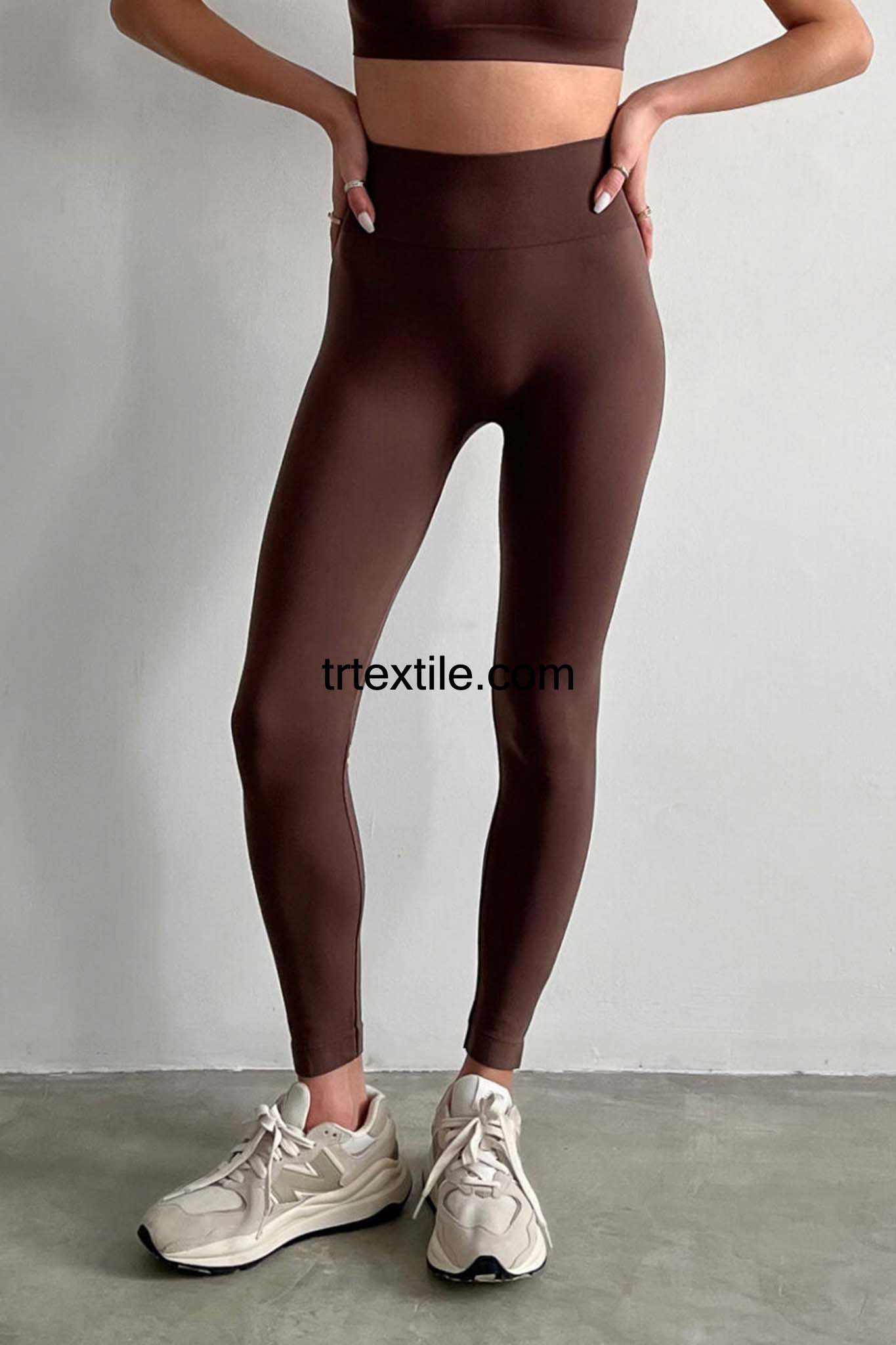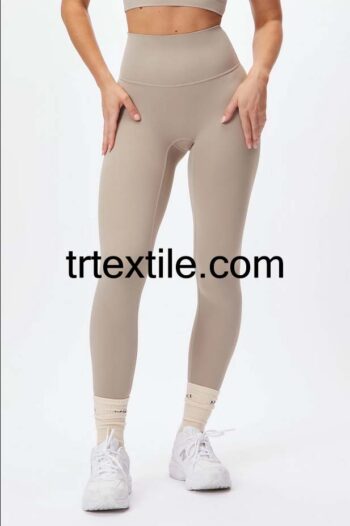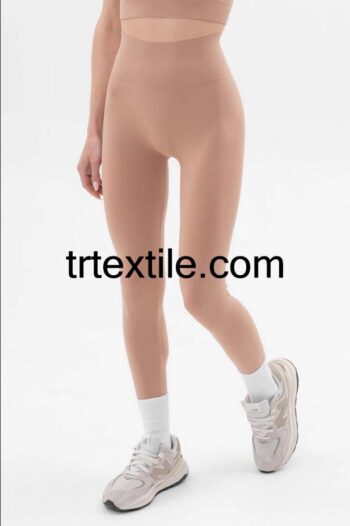Tights have become an essential piece of clothing in today’s fashion world. From activewear to everyday wear, tights are versatile and comfortable, making them a popular choice for many people. One particular type of tights that has gained popularity in recent years is yoga tights. These tights are designed to be comfortable, stretchy, and form-fitting, making them perfect for yoga practice.
The production model for yoga tights involves several steps, from designing the tights to manufacturing them. The first step in the production model is to come up with a design for the tights. This involves creating a concept for the tights, including the style, color, and materials to be used. Designers will often create sketches or computer-generated images of the tights to help visualize the final product.
Once the design is finalized, the next step is to choose the materials for the tights. Yoga tights are typically made from a blend of spandex and nylon, which provides a stretchy and form-fitting fabric that is comfortable to wear during yoga practice. The materials are sourced from suppliers and are often tested for quality and durability before being used in production.
After the materials are chosen, the next step in the production model is to cut the fabric. The fabric is laid out in layers and cut into individual pieces using a pattern designed for the tights. The pieces are then sewn together to create the final product. This process is often done by skilled seamstresses who have experience working with stretchy fabrics like spandex.
Once the tights are sewn together, they are inspected for quality control. Any imperfections or defects are fixed before the tights are packaged and shipped to retailers. The final step in the production model is to market and sell the tights to consumers. This often involves creating marketing campaigns, working with retailers to display the tights in stores, and promoting them on social media platforms.
Overall, the production model for yoga tights involves designing, sourcing materials, cutting fabric, sewing the tights together, quality control, and marketing and selling the final product. This process requires collaboration between designers, suppliers, manufacturers, and retailers to create high-quality yoga tights that are comfortable and stylish for consumers.




